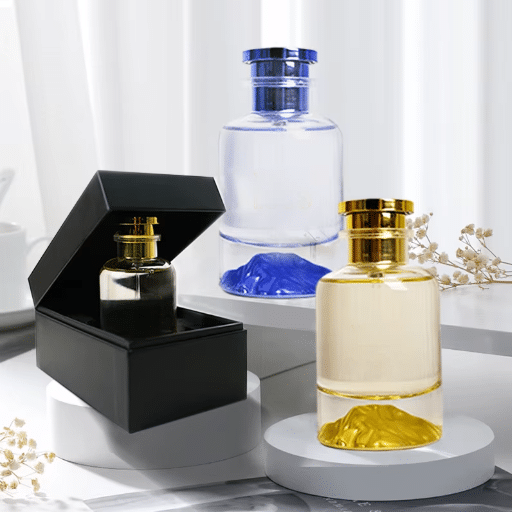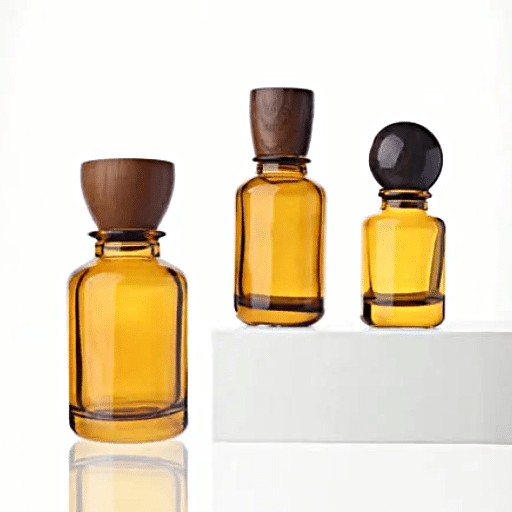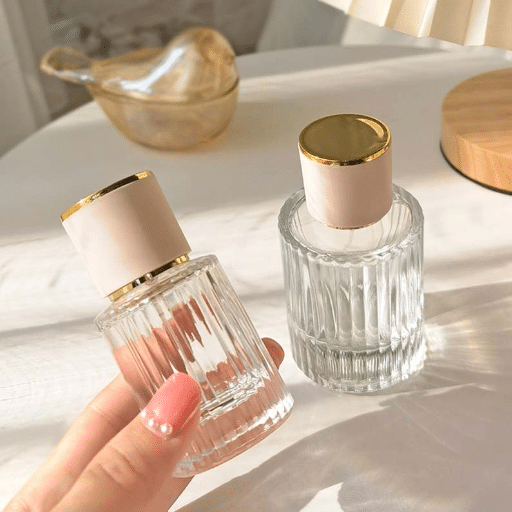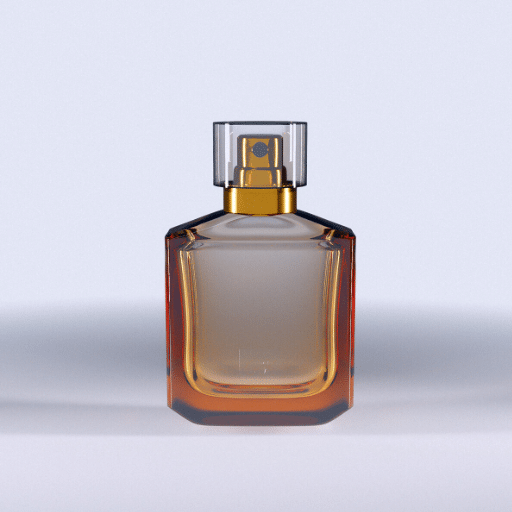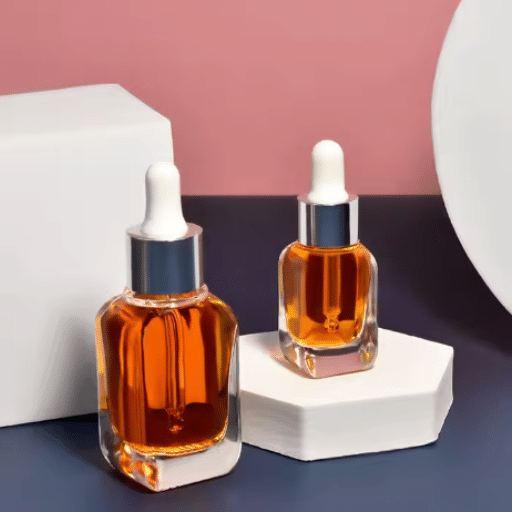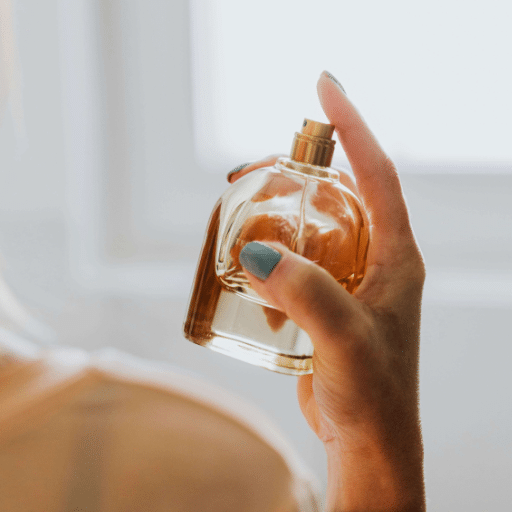Cologne is an art, being when one has the skill of synthesis, conjugated with the creativity of its user, and of course, some flair of fragrance chemistry. It is less about smelling good and more about casting the right impressions that complement one’s whole look. Alas, there is more to applying a cologne than just spurting it into the air angle. From scent selection to application, numerous tricks are there to make sure your scent just dances through the air, subtle but apparent during the day. This guide is your tool to learn all there is about the right use of cologne so that you may set the bar for your grooming habits with style and confidence. Whether you’re totally new at fragrance or aiming to sharpen your skills, this is the one-stop guide on how to do it right.
Choosing the Right Cologne
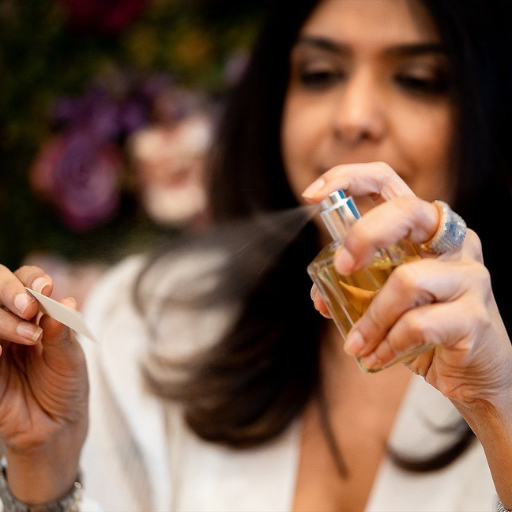
Selecting the perfect cologne starts with knowing what you like and keeping in mind the things you do on a day-to-day basis. Fragrances must be tested on your skin rather than just being smelled off the bottle, for chemistry on the skin’s surface can change a fragrance. Buy the cologne whose concentration intensity and note structure will fit in with your lifestyle-Citrus or aquatic scents for light, day use, or professional environment, and more robust woody or spicy ones for evenings and more formal occasions. Limit yourself to good brand names, for only good-quality ingredients can guarantee good performance and longevity. Give the cologne a moment so that the real scent can show after you have sprayed the fragrance.
Understanding Fragrance Families
Fragrance families refer to different classifications grouping the scents according to particular dominant notes or the overall olfactory character. Generally, the fragrance families are grouped into four main headings-Floral, Oriental, Woody, and Fresh-with different subcategories giving a more detailed distinction. Floral scents contain flower notes and offer gentle and romantic tones. Oriental scents are usually spicy or sweet and contrast with notes such as vanilla, amber, or exotic resins. Woody scents concentrate on the earthier and stark notes of sandalwood, cedar, etc., which also grant warmth and seriousness. Fresh scents combine invigorating notes of citrus, green, and aquatic, suitable for light and energizing profiles. Knowing fragrances families is essential in describing one’s fragrance according to personal preference and occasions.
Matching Cologne to Personal Style
When it comes to matching cologne to my personal style, I look at fragrance families first and correlate them with my likes and lifestyle. For example, pressure and sincerity might push me to go for woody or oriental with some great notes of sandalwood or amber. Freshies, on the other hand, tend to be seen as crisp and invigorating: citrus kind or aquatic kind, depending on my mood to be more casual and energetic. Then I take in the season and operational context because in the day or during the warmer season, lighter scents tend to be more appropriate, but if it’s in the evening or cold, then heavier, warm scents are best. But ultimately, I tend to go for the scent that best represents me, my style, and the kind of impression I’d like to leave behind.
Considering Skin Chemistry
I consider skin chemistry when choosing the cologne because this can greatly change the scent in my perception. Skin type, pH levels, and body temperature are all highly important in deciding how a cologne works and develops on someone. Whenever I test a cologne, I rarely rely on its fragrance from testing strips; I rather apply it onto my skin so I can follow its path toward full maturity in character. Having understood that fragrances could change from person to person, I choose one that activates my natural scent and carries through for the rest of the day.
Ways to Apply Cologne Properly
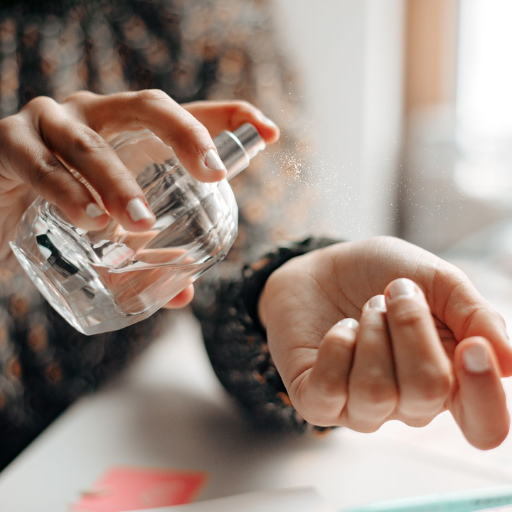
Proper application is necessary for the best performance and longevity of cologne. Apply the cologne onto the pulse points-Wrists, Neck, and Ears-as the heat from these areas diffuses the fragrance into the air. Never rub the cologne into the skin as it tends to break down the molecules and change its original composition. To apply a cologne more subtly, you may spray some onto your clothing from some distance, but be careful as it may stain! Also, put cologne on clean, moisturized skin for better staying power, as dry skin will make it fade faster. Store the cologne in a cool, dry spot away from direct sunlight to keep it in good condition.
Best Techniques for Application
1.Apply to Pulse Points – Concentrate on such areas as the wrists, neck, behind the ears, and inner elbows, where the blood vessels are close to the skin. The warmth of these areas serves to amplify the fragrance.
2.Spray from the Correct Distance– Hold the bottle about 4-6 inches away from the skin. This allows uniform distribution of the scent with no excessive smell in one place.
3.Do Not Rub the Fragrance– Do not rub your wrists together after application, as this will cause breakup of the scent molecules and alter the true profile of the fragrance. Let the cologne dry naturally on the skin.
4.Layer with Unscented Products– Use an unscented moisturizer or lotion before applying your cologne to hydrate the skin. This makes the scent stick better and stay longer.
5.Target Clean Skin- Other than fresh skin, cologne isn’t recommended. This will ensure the scent’s longevity and make sure it will not clash with other odors.
How to Layer Fragrances
It is an art of fragrance layering that depends on various scent profiles. First, I select a base scent, usually warm and neutral-like vanilla or musk-and then build in contrast by adding floral or spicy notes. The lighter and fresher scents are applied first, and from there, the deeper and richer ones are layered. They are applied to the pulse points, for example, the wrists, the neck, and behind the ears, as these parts brighten the scents naturally. Testing some combinations on the skin is a must for me, as one’s pH might influence the way two fragrances interact. This sort of experimentation combined with some fine-tuning produces a scent unique to me, which lingers on nicely and changes shape beautifully as the day progresses.
Using Solid Cologne Effectively
To apply solid cologne properly, lightly rub a fingertip or a small tool atop its surface to collect just a little product, then dab this to your pulse points-wrists, neck, and behind the ears. These parts help diffuse the fragrance as heat is radiated from them. Solid colognes are concentrated, so much less is more-there should be a gentle suggestion of scent rather than an overpowering aroma. Such products will wear longer if applied to clean, moisturized skin, as the properties of moisturized skin latch onto the fragrance. Their compact nature also means one can easily carry them around for ergonomics while reapplying throughout the day. Store the product in a cool and dry area to keep it fresh.
Common Mistakes When Wearing Cologne

1.Too Much Cologne: Applying too much cologne can create an unpleasantly strong scent. A couple of dabs or sprays are enough for a balanced scent.
2.Applying to Dry Skin: Fragrances tend to cling better and ask of longer duration on moisturized skins. If this step is missed, the fragrance will not last long.
3.Not Targeting Pulse Points: Application of cologne on pulse areas such as wrists, neck, and behind the ears offers better diffusion from these spots that naturally give off heat.
4.Rubbing After Application: Rubbing the wrists together after applying cologne breaks down the fragrance molecule and changes the scent profile.
5.Storing Improperly: They degrade from heat, light, and humidity with time. Always keep them in a cool, dry environment to save their quality.
6.Ignoring Skin Chemistry: Because of different characteristics of skin, a particular fragrance can smell differently on an individual as against another. Hence, always test the cologne on your skin.
Overapplying: When Less is More
Too much cologne can overwhelm those around you-and with that, the cologne loses its elegance! Today gesture colognes can be built to have a long-lasting effect by a couple of sprays only; hence the ideal number might be just one to three sprays depending on the concentration of the fragrance. While excessive application of a scent will make it nauseating at best and irritating at worst, a perfect application allows for the top, middle, and base notes to unfold gently, thus achieving and enriching the fragrance’s elegance while leaving room in the shared space between the wearer and others. Always putting an inch of fragrance in the air first and walking through it leaves an elegant and charming trail that can be relieved if necessary.
Mixing Conflicting Scents
When combining two conflicting scents, the result can nearly always become either overpowering or an unpleasant one, since each scent has been designed with carefully measured notes meant to always harmonize. When combining perfumes, compatibility between scent profiles should be of highest priority. For instance, perfumes whose families are complementary can merge more perfectly as opposed to ones that are clashing in intensities or contradictions of in character. Top and bottom layer perfumes should be considered systematic; the ones on top should be lighter and fresher, while the bottom ones are heavier and richer so as not to veil or stifle the lighter ones. Test on strips or on a small area of the skin before full application to give grounds for assessing compatibility. In the end, with attaining balance in blend comes an understanding of the individual perfume compositions and how their accords may interact.
Neglecting Skin Preparation
The fragrance application without perfume preparation is certainly going to affect its longevity and performance. Clean and hydrated skin forms the best base for the scent to fix and evolve. Experts advocate moisturizing with an unscented lotion or oils to lock in the scent because dry skin always tends to absorb and let off the scent faster. At the same time, spreading perfumes on pulse points, wherein the skin is more heated, can also intensify the diffusion of the scent over a period of time. Without these steps in preparation before fragrance application, one can only feel that the fragrance is becoming feeble or fading away in no time, along with losing a major part of its actual impact.
Maintaining Your Scent Throughout the Day
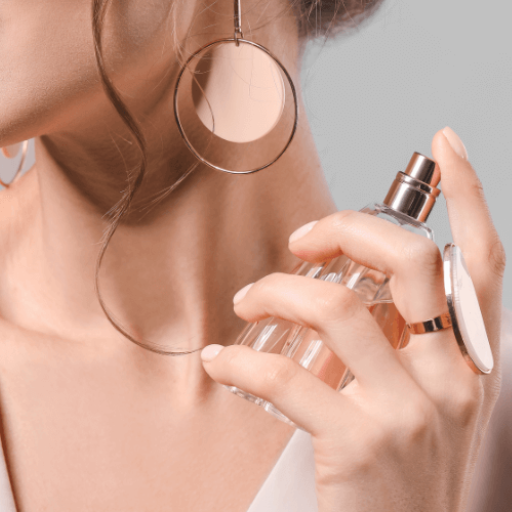
To keep your scent all day, you can layer your fragrance chemistry: Start with a scented body wash or shower gel and follow it with a matching lotion or cream. This will build a foundation for your fragrance and thus allow it to last longer. Depending on your fragrance strength, a little spritz here and there won’t hurt. The focus should be on pulse points like the wrists, neck, and behind the ears. For convenience, carry a small travel-sized perfume bottle or even a rollerball. Remember, do not rub your fragrance into the skin because doing so breaks down the scent molecules and interferes with its quality. Following these tips will help your chosen fragrance stay proudly in the air the whole day.
Reapplying Cologne Strategically
I always aim to reapply cologne at the pulse points on my wrists and neck because these areas produce heat that helps in projecting the scent more effectively, in my judgment and in accordance with research. Application-wise, I always go light, for if the cologne is too much, it becomes overwhelming and distorts the balance of its scent. Most importantly, after applying cologne, never rub your skin, since in doing so one breaks the molecular structure of the scent. I always carry a travel-size cologne, which offers the advantage of keeping me fresh whenever I cannot maintain an entire day stretching along.
Choosing Long-Lasting Fragrances
For long-lasting fragrance, the emphasis must be placed on selecting perfumes with high concentrations like Eau de Parfum or Extrait de Parfum because these contain more fragrance oils in the composition. Give preference to scents with base notes such as sandalwood, amber, or vanilla, for they take much slower to evaporate. Opt for reputed brands that are well-known for delivering quality and longevity. Besides that, ensure the proper storage—that is, in cool, dark places—to keep the perfume intact through the passage of time.
Tips for Everyday Use
1.Apply fragrance on pulse points like the wrists, neck, and behind the ears, as these areas emit heat that could be able to draw out and amplify the fragrance.
2.Make scents with complementary scented body lotion or shower gel to further motivate longevity and depth.
3.Do not rub your wrists together after applying perfume. Doing so breaks up the fragrance molecules and thus changes its essential character.
4.Apply perfume on clean and moisturized skin to enhance penetration and ability to stay.
5.Carry a travel-sized perfume bottle or rollerball of your favorite fragrance and refresh during the day.
Cologne for Different Occasions
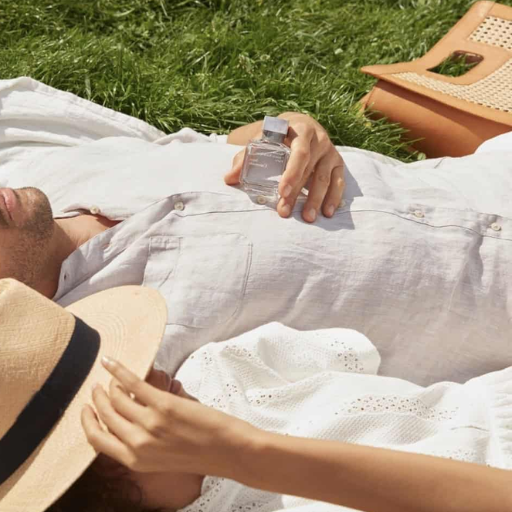
Depending on the occasion, you might want to approach buying a cologne by thinking about its setting and mood. For formal events and professional environments, go for refined colognes with temperate notes: woody or musky fragrances fostering an environment of elegance and subtlety. For informal outings or daytime activities, go for fresh and light aromas: citrus or aquatic notes; such aromas emit a clean and friendly feel. Evening occasions and romantic settings require stronger colognes with spicy or amber undertones in order to make an imprint. Having different colognes for different occasions enhances one’s presence as well as creates the right atmosphere.
Work: Professional and Subtle Options
When I select a cologne for working situation, I choose barely-there and non-intrusive fragrances. Light fresh notes like bergamot, lavender, or green tea stand just at the edge of unwelcome and completely appropriate to be considered in a working situation. Heavy, cloying, or sickly-sweet scents are unwanted in close confidential settings such as meetings or offices. I also choose colognes that do not dissipate powerfully but rather stay near the skin, allowing me and my colleagues to enjoy the scent throughout the day. This way, the pleasant smell of the cologne complements my appearance while fostering a professional atmosphere.
Casual Outings: Fun and Fresh Choices
For casual meetings, I favor fresh, uplifting, and relaxed colognes. They usually have citrus, aquatic, or light woody notes, which produce an energizing yet approachable vibe. These scents combine effortless chic with just enough fun to be ideal for informal get-togethers, weekend brunches, or casual strolls. Consider some options that are versatile and wearable without being in-your-face to ensure your refreshing aura is noticed in laid-back situations.
Formal Events: Elegant and Strong Scents
When I think of formal events, I think of elegant and bold scents so refined that they are attention grabbers without being overpowering. Scents with rich notes of amber, oud, or smoky woods with elegant florals such as jasmine or rose create that refined aura that is meant to linger in the mind: perfectly suited for black-tie events, weddings, or an upscale evening gathering. I want the fragrance to carry some of the weight of the event’s formality so that I appear polished and memorable.
Reference Sources
-
How to Apply Cologne: A Man’s Guide to Fragrance Usage – A detailed guide on the best spots to spray cologne for maximum effect.
-
How to Apply Cologne Without Overdoing It – Tips on targeting pulse points and avoiding over-application.
-
The Art of Fragrance: How & Where to Apply Cologne – A comprehensive guide with dos and don’ts for wearing cologne.
-
8 Common Mistakes We Make When Wearing Perfume – Insights into common mistakes and how to avoid them for better fragrance application.
-
How to Apply Fragrance Properly: Step-by-Step Guide – A step-by-step guide on where and how to spray cologne effectively.
Frequently Asked Questions (FAQs)
Q:What is the best way to apply cologne?
A:The best way to apply a scent should be to spray it on pulse points, such as the wrists, the neck, and the place behind the ears. These areas emit heat that enhances and projects the scent all day.
Q:How much cologne should I use?
A:2-4 sprays of cologne, depending on the concentration, is a good rule of thumb. If you are unsure, apply less at first-later on, you can always add more. Remember, it is better to under-apply than overwhelm others.
Q:Should I rub my wrists together after applying cologne?
A:No-the application method of rubbing contradicts fragrance molecules, thus altering the scent. Alternatively, you could just let the cologne set and dry naturally on your skin for greatest effect.
Q:How long does cologne stay on the skin?
A:Depending on its concentration and your skin type, the life of a cologne varies in quite a few. Typically, an eau de parfum lasts longer than eau de toilette, with fragrance testament in a 4-8 hour period. Application of moisturizers retains the scent more effectively.
Q:Can I use cologne every day?
A:Yes, one can wear cologne daily! Wear lighter scents on a daily occasion and save heavy ones for special occasions. Consider where you are and what the occasion is.
Q:What is the difference between cologne and perfume?
A:Cologne generally contains fewer amounts of fragrance oils than perfume. A cologne contains about 2-5% fragrance oil, whereas a perfume is 20-30%; thus, the latter will be relatively more intense and longer-lasting. From this perspective, they differ in when and how to wear each.
Q:How should I store the cologne I own?
A:Keep your cologne in a cool and dark room away from direct sunlight and extreme temperatures to maintain its quality. Storing the bottle inside its original box can prevent any light from shining on it.
Q:Can I layer my fragrances?
A:Yes, layering fragrances can make a unique scent that belongs to you. However, be sure to use complementary fragrances or they may clash. Try different combinations to see which ones suit you best.

